Discover 9 hidden attractions, cool sights, and unusual things to do in Knoydart (United Kingdom). Don't miss out on these must-see attractions: Luinne Bheinn, Buidhe Bheinn, and Ben Aden. Also, be sure to include Druim Fada in your itinerary.
Below, you can find the list of the most amazing places you should visit in Knoydart (Scotland).
Table of Contents
Luinne Bheinn
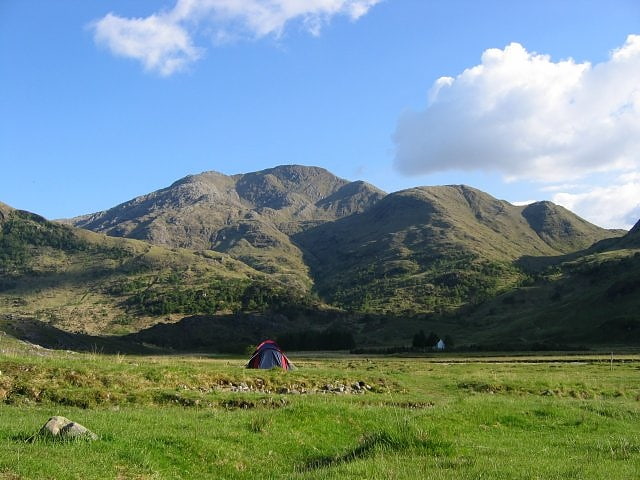
Mountain in Scotland. Luinne Bheinn is a mountain in the Northwest Highlands of Scotland, on the Knoydart Peninsula in Lochaber.
The mountain is rough and rocky. The most common route to climb it starts from Inverie.[1]
Buidhe Bheinn
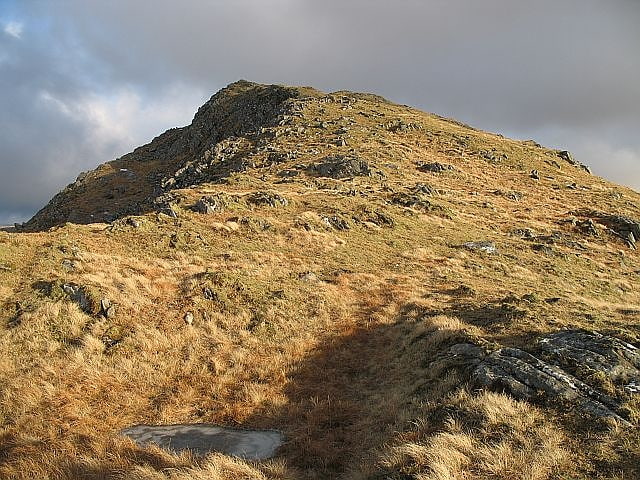
Mountain in Scotland. Bhidhe Bheinn is a mountain in the Northwest Highlands of Scotland. It lies between Glen Shiel and Loch Hourn.
A rugged mountain, it can either be climbed from the Kinloch Hourn side or from Kintail to the north. Due to its remoteness, the peak makes for a long excursion in either direction.[2]
Ben Aden
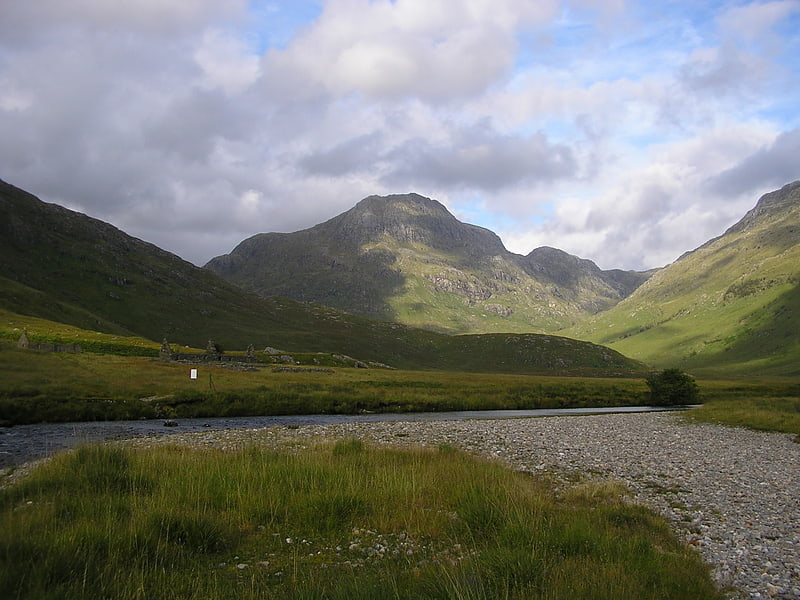
Mountain in Scotland. Ben Aden is a mountain in the Northwest Highlands of Scotland. It lies on the Knoydart peninsula in Lochaber.
Regarded as one of the finest Corbetts in Scotland and one of the toughest to climb, the mountain is steep and rocky on all sides. The nearest village is Inverie.[3]
Druim Fada

Mountain in Scotland. Druim Fada is a mountain in the Northwest Highlands of Scotland. Located on the northern shore of Loch Hourn in Ross and Cromarty.
A long, craggy ridge, it runs for several kilometres on the northern side of the loch. The nearest village is Arnisdale to the west.[4]
Ladhar Bheinn
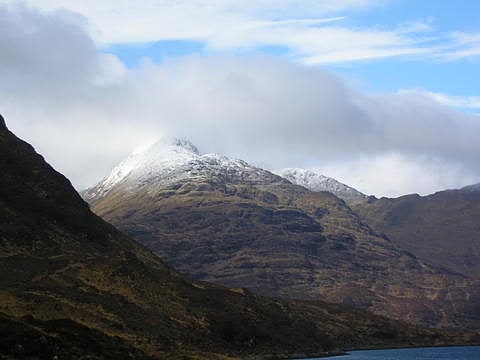
Mountain in Scotland. Ladhar Bheinn is the highest mountain in the Knoydart region of the Highlands of Scotland. It is the most westerly Munro on the Scottish mainland.
The mountain may be climbed from Barrisdale to the northeast or Inverie to the south. From Barrisdale the mountain may be climbed as part of circuit of Coire Dhorrcaill; this route involves a certain amount of scrambling, particularly on the section immediately north of the subsidiary summit of Stob a Chearcaill.[5]
Sgùrr a' Choire-bheithe
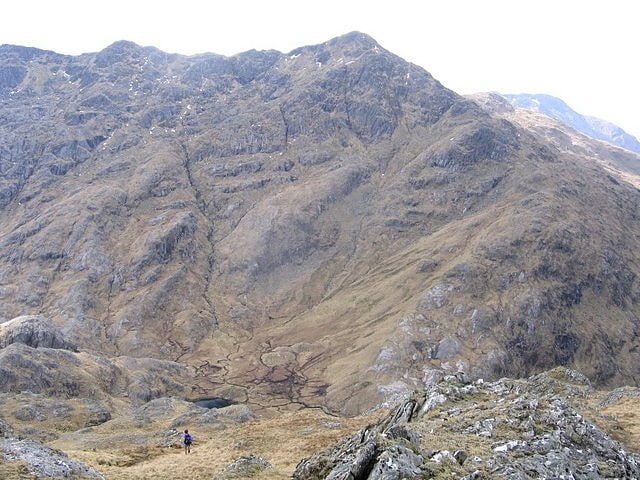
Sgùrr a' Choire-bleithe is a 913-m mountain in the remote Knoydart area of Lochaber, Northwest Highlands, Scotland.
It is one of highest Corbetts at 913.3 metres, and misses out on Munro status by just over one metre. The summit is the culminating point of a long and rugged ridge that stretches from Loch Quoich to Barrisdale Bay.[6]
Knoydart Seabridge

Memorial
Loch Hourn
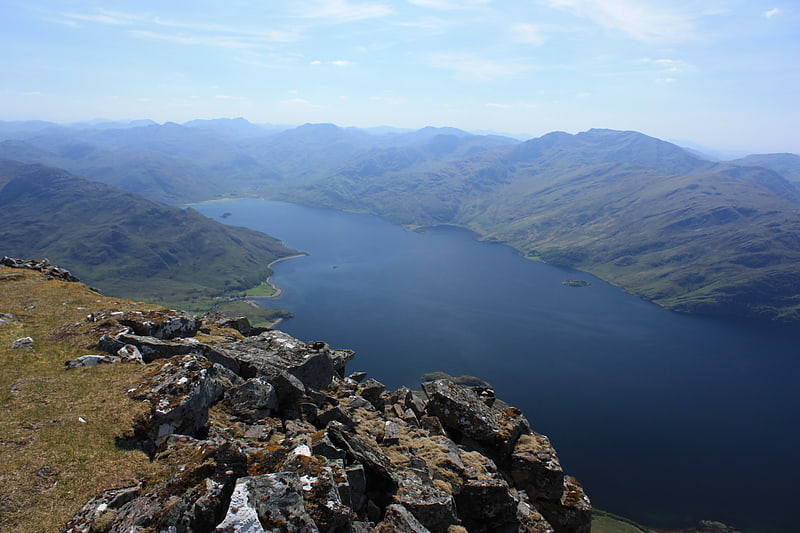
Loch in the United Kingdom. Loch Hourn is a sea loch which separates the peninsulas of Glenelg to the north and Knoydart to the south, on the west coast of Scotland.[7]
Loch Nevis

Loch in the United Kingdom. Loch Nevis is a sea loch in Lochaber on the west coast of Scotland.
It runs inland from the Sound of Sleat, and is bounded on the north by the peninsula of Knoydart and on the south by North Morar (the region north of Loch Morar, and containing the village of Morar).
Two ferry services cross Loch Nevis. One, a small passenger ferry, links the town of Mallaig with the village of Inverie on Knoydart and the hamlet of Tarbet. The other, Knoydart Seabridge, a daily ferry service which can transport vehicles as well as passengers and equipment, sails directly between Mallaig and Inverie.
The ferry operated by Caledonian MacBrayne to the Small Isles from Mallaig is named after the loch, the MV Lochnevis.
Loch Nevis contains a number of fish farms, and in May 1998 it was the location of the first recorded outbreak of infectious salmon anaemia in Scotland.[8]